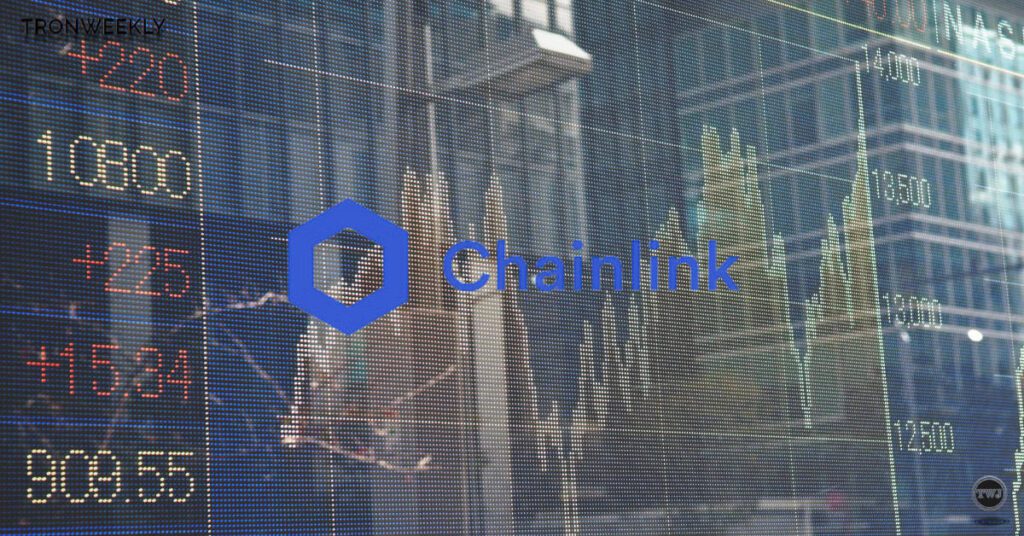- DEFI yields increased in the fourth quarter of 2024, with USDC and USDT supply yields on an average of 8.37% and 7.13%, respectively.
- The CDY index helps to compare the loan yields with traditional markets such as cash obligations.
- DEFI protocols and chip transmitters can use the CDY index to optimize market competitiveness.
The decentralized finance sector (DEFI) experienced a significant increase in activity during the fourth quarter of 2024, the price increase in digital assets supplying the loan and loan markets. While traders take advantage of their assets, borrowing rates have climbed on platforms like Aave V3, often exceeding optimal levels.
This increased demand has led to a sharp increase in stablecoin supply, as the DEFI chain yield index (CDY) recorded an average USDC yield of 8.37% and USDT at 7, 13%, almost doubling compared to the previous quarter. The CDY index brings together higher loan market data, providing a clear image of performance trends through DEFI.

In particular, decentralized financial loan yields have outlined the yields of traditional treasury obligations, emphasizing the growing attraction of crypto -based financial products. Despite this, the nature of the Defi loans remains distinct, because yields fluctuate according to market activity rather than being set as treasury bonds.
Asset managers obtain strategic information from the CDY index
With DEFI loan markets estimated at around 50 to 60 billion dollars in value at the start of 2025, asset managers are increasingly using information from the CDY index. Ethereum continues to dominate, with around 60% of its market under its reach. Under the bullish loan request, loan yields become an achievable source for investors looking for yields for digital assets.
However, decentralized finance is a segmented market, with a variation in yield between platforms, including, but without limiting itself, Aave, Compound and Spark. The CDY index simplifies the monitoring of yields, with asset managers in a position to effectively contrast yields with little or no research involved. With a model supported in data, investors can make smart investments in an easily changing market.
The CDY index improves the competitiveness of the DEFI protocol
For DEFI protocols, competitive yields must be maintained in a way that attracts liquidity. By following real -time yield trends, protocols can dynamically adjust incentives in a way that will maintain growth.
The report compared two unnamed DEFI platforms offering loans in USDC. One, an older pioneer, has maintained a level of supply of ~ 10%, with a smaller competitor but increasing offering approximately 15%. The latter saw an expansion of 190% in Q4 in its locked USDC value (TVL), increasing yields acting as a catalyst for use.


Stablecoin issuers take advantage of the same direction. The value of the USDC on the market increased from $ 35.6 billion to $ 43.9 billion during the fourth quarter, in proportion to its high -efficiency loan yields. Meanwhile, less reinforced stablecoins have seen little development in terms of adoption. While DEFI continues to grow, the CDY index is essential for protocols and tokens transmitters that seek to maximize yields and attract users.
Reading related: the FDIC softens cryptographic regulations, in a daring decision to empower banks




